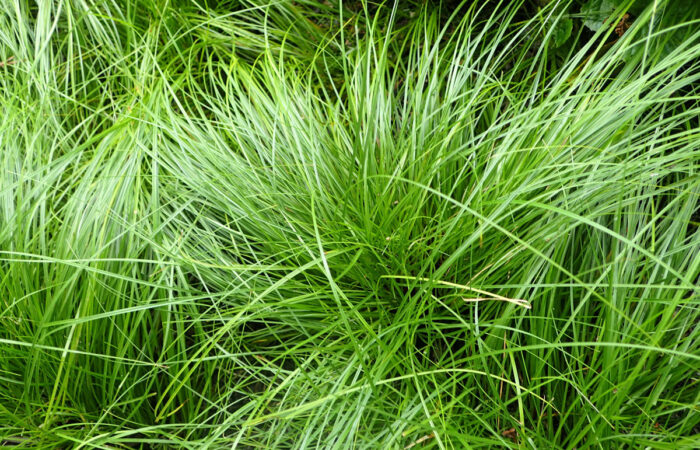
More and more homeowners are seeking to replace their traditional lawns with ones that are easier to maintain or more environmentally responsible. It sounds straightforward enough, but choosing the right plants for a lawn can be challenging. One must consider sun exposure, expected foot traffic, moisture requirements, and situational obstacles such as clay soil and juglone from black walnut trees (Juglans nigra, Zones 4–9). This list aims to help Southeast gardeners choose the lawn replacement with the best chance of success for their yards.

Rupturewort
Herniaria glabra, Zones 5–10
Rupturewort is a rhizomatous evergreen ground cover that is tough as nails and adaptable to sun or partial shade, making it an excellent choice for covering large areas. It’s short even without mowing and dense enough to need only minimal weeding after it fills in (although persistent weeds like clover may still find a foothold). Rupturewort can grow in every soil type except clay, since it needs good drainage to thrive.
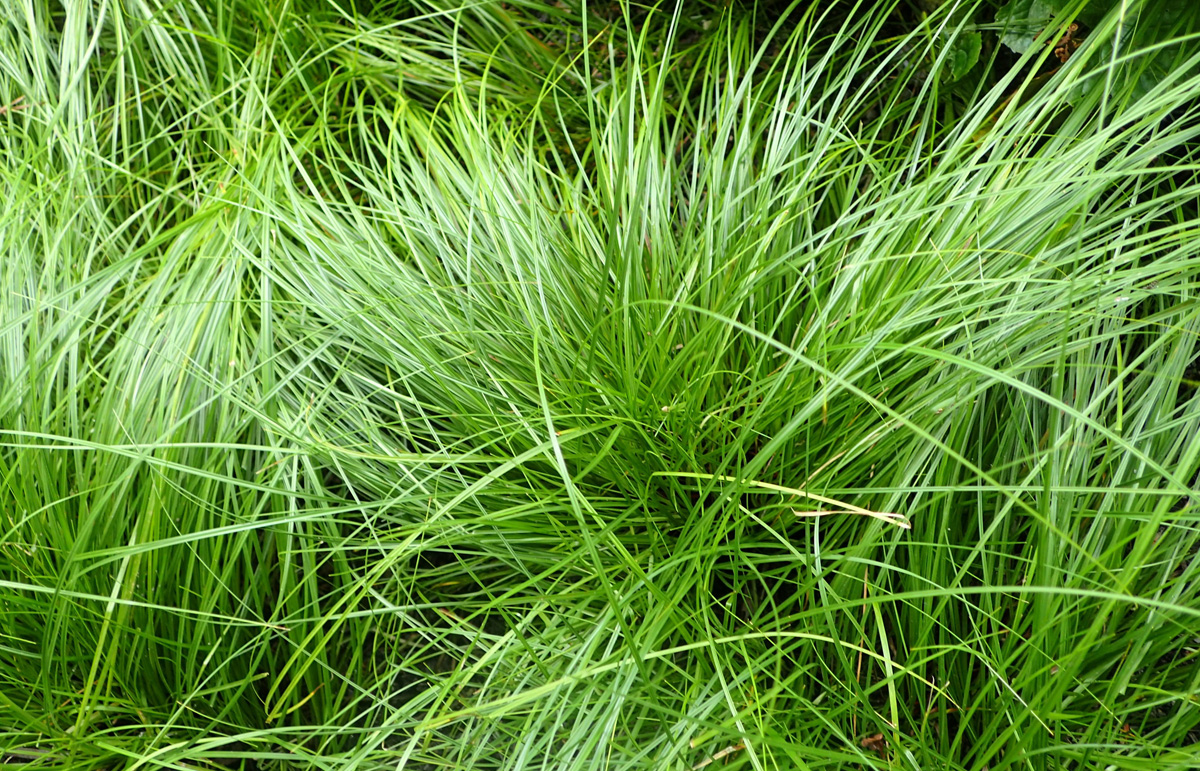
Pennsylvania sedge
Carex pensylvanica, Zones 3–8
Pennsylvania sedge is an eastern U.S. native that spreads by rhizomes into a loose, fine-textured carpet. When mowed, it closely mimics the appearance of traditional lawns, which has earned it some popularity as a solid native alternative. It thrives in shade and the dappled light beneath tree canopies, although it can tolerate more sun if provided with additional moisture. It will adapt to almost every soil type, including wet soil and clay.
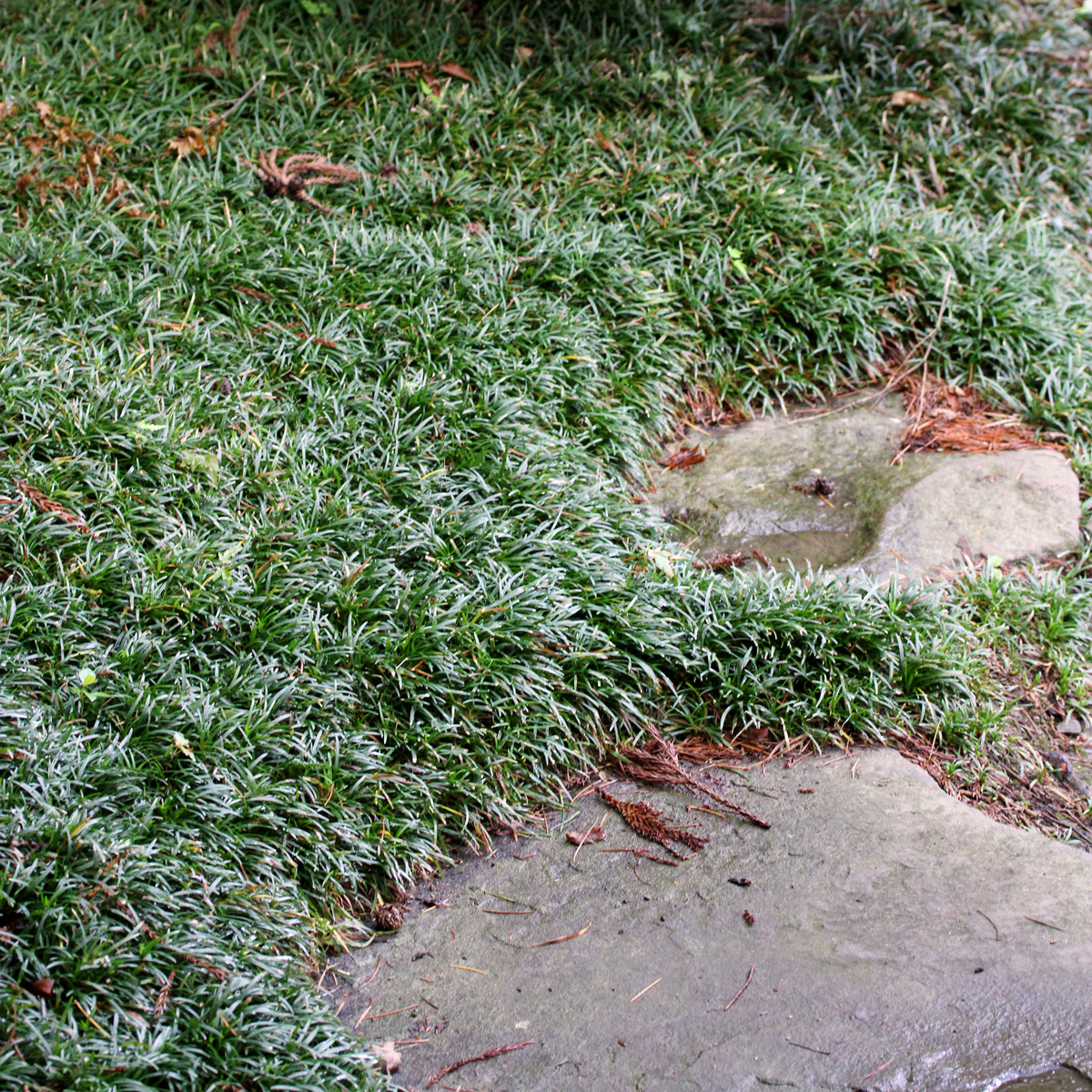
Dwarf mondo grass
Ophiopogon japonicus ‘Nana’, Zones 6–11
Dwarf mondo grass is a stylish lawn alternative with short, dark leaf blades that don’t exceed a few inches in height. As such, it never needs mowing unless you’re doing so to encourage new growth. Dwarf mondo grass can grow in average or clay soil. It tolerates coastal salt spray, drought, and occasional wetness. While this perennial’s resilience and ease of maintenance are huge selling points, it grows very slowly compared to most ground covers. Dividing the plants will help the area to fill in faster. Dwarf mondo grass grows best in partial shade or dappled light. The tips of the leaves will burn if exposed to hot afternoon sun in the South.
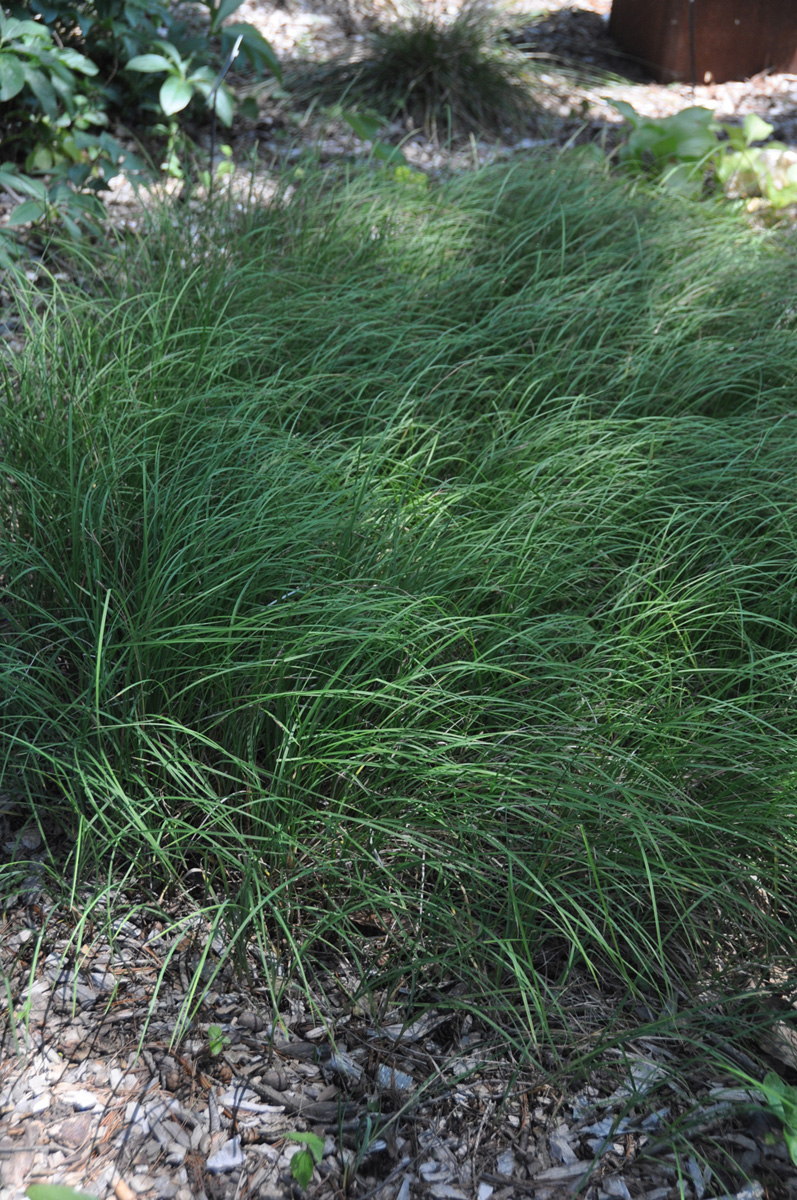
Pretty sedge
Carex woodii, Zones 4–8
Another eastern native sedge with a fine, grassy texture, pretty sedge is distinguishable by cool, blue-green tones in spring that give way to solid green in the heat of summer. It thrives in shade but tolerates sun when given sufficient moisture. It can also grow in most soil types, including clay. In Mt. Cuba’s plant trial of over 70 different Carex species, pretty sedge was one of the top performers, exhibiting exceptional mow-ability in both sun and shade. The only downside is that it can be harder to find commercially than the comparable Pennsylvania sedge.

Blue star creeper
Lobelia pedunculata syn. Pratia pedunculata, Zones 5–10
Blue star creeper tops the list of lawn alternatives in terms of ornamental value, with sprinkles of small, pale blue flowers that bloom for five months of the year. It’s also easy to maintain, with its short height and tolerance of normal foot traffic. This vigorous ground cover grows in sun or light shade and in moist or wet soil. While blue star creeper is not on any state’s invasive plant list, it does spread aggressively and can be a nuisance if not contained. It works best for lawns in urban settings or where hardscaping prevents it from straying too far.
Be careful where and what you plant
Keep in mind that the natural spreading tendencies of these perennials that makes them great ground covers and lawn alternatives can also be problematic. While none of these selections is classified as invasive by any U.S. state, they may be aggressive in certain situations or regions.
Here’s a side-by-side comparison to make choosing the right lawn replacement even easier.
Which lawn replacement is right for you?
| Rupturewort (Herniaria glabra) | Pennsylvania sedge (Carex pensylvanica) | Pretty sedge (Carex woodii) | Dwarf mondo grass (Ophiopogon japonicus ‘Nana’) | Blue star creeper (Lobelia pedunculata) | |
| USDA Hardiness Zones | 5–10 | 3–8 | 4–8 | 6–11 | 5–10 |
| Height | 2 to 3 inches | 6 to 12 inches | 6 to 12 inches | 3 to 6 inches | 2 to 6 inches |
| Ideal sun exposure | Full sun to partial shade | Partial to full shade | Full sun to full shade | Partial shade | Full sun to partial shade |
| Moisture needs | Moist to average | Dry to average | Average | Moist to average | Moist to average |
| Growth rate | Fast | Moderate | Moderate | Slow | Fast |
| Bloom time | Summer | Mid-spring | Mid-spring | Midsummer | Late spring to early fall |
| Foot-traffic tolerance | High | Light; moderate if mowed | Light; moderate if mowed | Moderate | High |
| Mow-ability | Not needed | Medium | High | Not needed | Not needed |
| Eastern U.S. native? | No | Yes | Yes | No | No |
| Evergreen? | Yes | Semi | Semi | Yes | Semi |
| Clay soil tolerant?* | No | Yes | Yes | Yes | No |
| Juglone tolerant? | No/untested | Yes | Yes | No/untested | No/untested |
*Few plants thrive in clay, so add some organic matter when planting in clay soil to improve drainage.
Consider ditching the lawn altogether

Whereas most lawns are a monoculture of one plant species, meadows and perennial gardens are biodiverse and teeming with life. Consider replacing untraversed areas of larger yards with meadows, or bordering lawns with perennial flower beds. Not only will there be less lawn to mow, but there will also be more food sources and habitat for pollinators. Wildflower seed mixes can be a tempting option for this, but use caution: most generic seed blends on the market will contain few, if any, native plants for your area and may even contain invasives. Avoid potential harm by researching plants beforehand or sourcing your seeds from a trusted local supplier.
To discuss these plants or ask gardening questions, chat with a regional expert on the Gardening Answers forum.
And for more Southeast regional reports, click here.
Cheyenne Wine is a writer and photographer for Rare Roots Nursery in Mechanicsville, Virginia.
Photos, unless otherwise noted: Cheyenne Wine
Fine Gardening Recommended Products
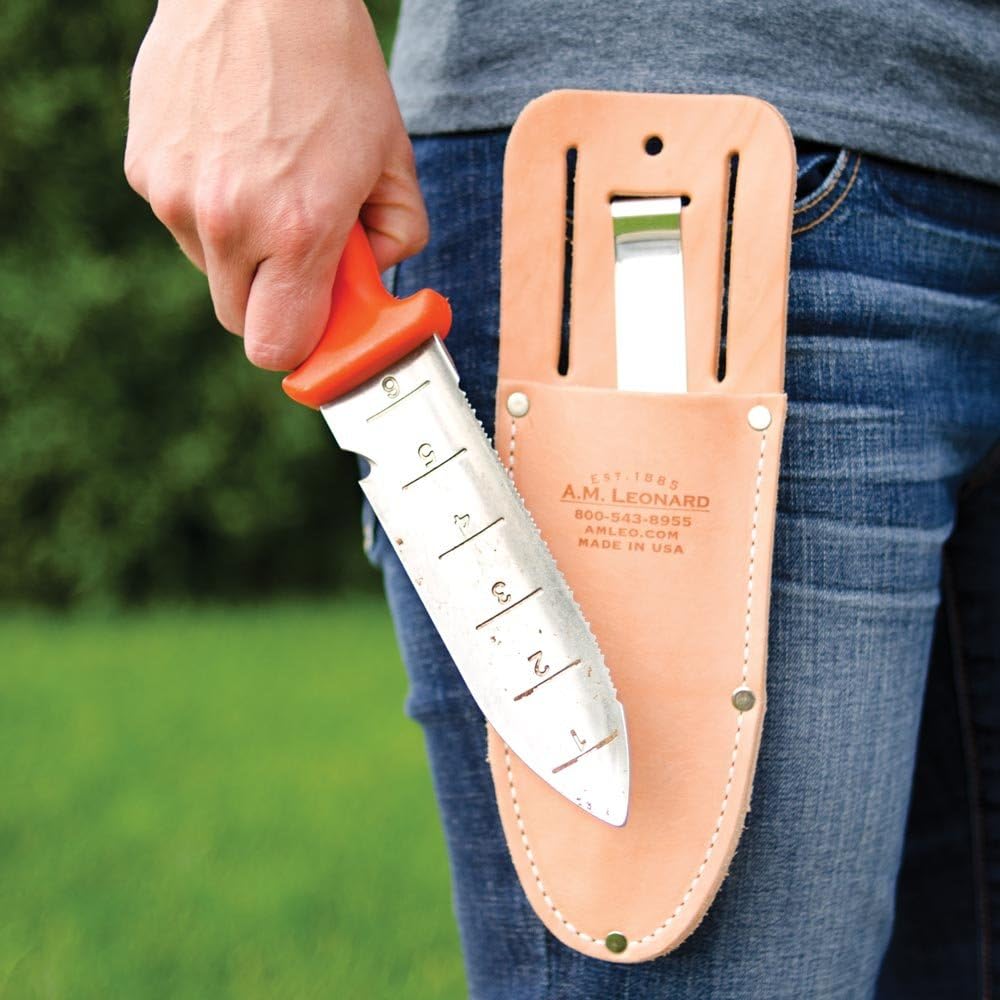
A.M. Leonard Deluxe Soil Knife & Leather Sheath Combo
Fine Gardening receives a commission for items purchased through links on this site, including Amazon Associates and other affiliate advertising programs.




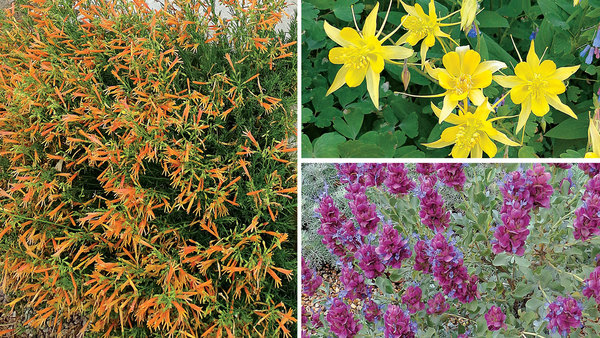

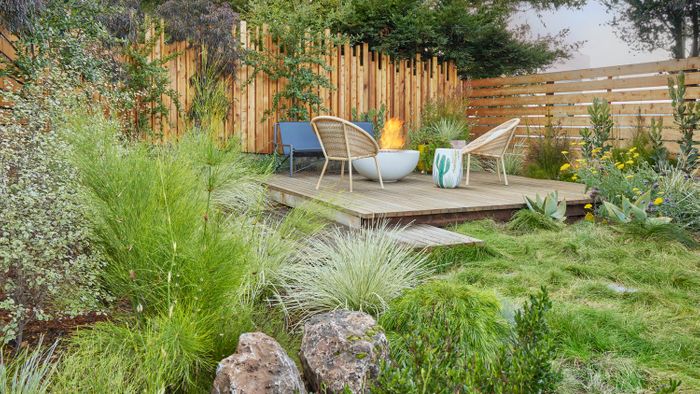

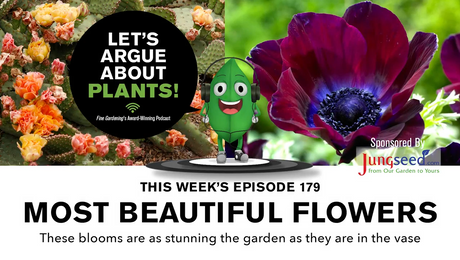










Comments
Log in or create an account to post a comment.
Sign up Log in